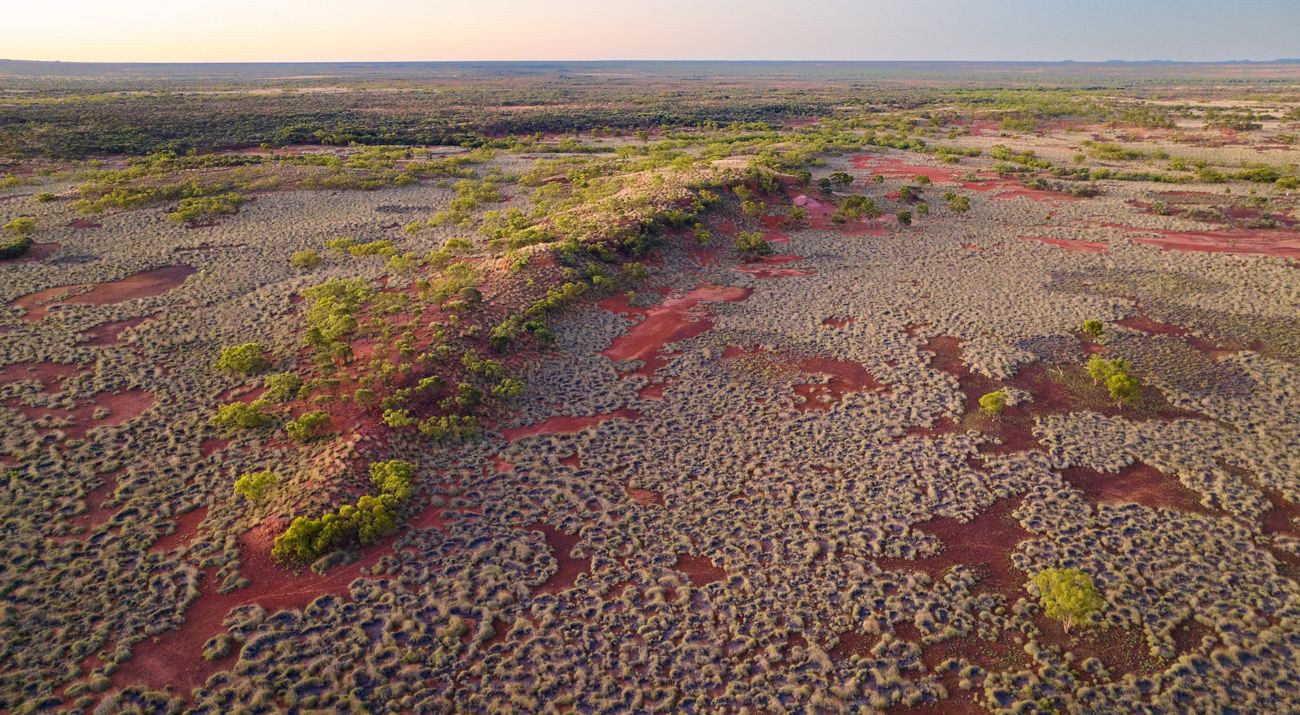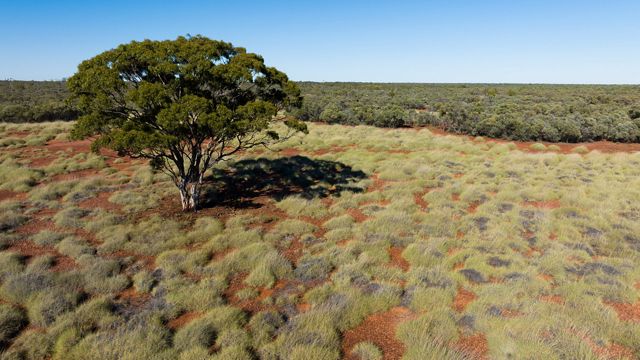Scaling Conservation: Insights from Australia’s Land Purchase Strategy
How public-philanthropic partnerships are accelerating land protection and offering global lessons for biodiversity policy

Australia has committed to protecting 30% of its land and marine areas by 2030, in line with the global 30x30 target set by the Kunming-Montreal Global Biodiversity Framework. With only 22% of its land currently under protection, the country faces a major challenge: securing an additional 60 million hectares in just five years.
One of the most effective tools available is land acquisition—buying land specifically to conserve it. This approach has proven successful, especially when governments and philanthropic organisations work together. Recent partnerships show how dedicated public funding can unlock significant private support, leading to the creation of new national parks and safeguarding critical habitats and threatened species.
The Nature Conservancy has played a key role in facilitating these deals, helping to combine government investment with philanthropic donations to maximise conservation impact.
A new paper examining Australia’s recent efforts suggests that while state-level initiatives are making progress, national strategies need clearer direction and significantly more funding to meet the 30x30 goal.

Key Insights
- Public Investment Encourages Private Support
State governments that commit substantial funding—like Queensland’s AU$262.5 million land acquisition program—have successfully attracted major philanthropic contributions, enabling large-scale conservation purchases. - Philanthropy-Government Partnerships Deliver Results
Since 2019, six land purchases by state governments in Australia with financial assistance from philanthropic funders have resulted in over 650,000 hectares of new protections. - Past Programs Show What’s Possible
Between 1996 and 2013, Australia’s National Reserve System Program used AU$200 million in federal funding to protect over 370 properties. This demonstrates the power of matched funding models to drive conservation at scale. - National Strategy Needs Scale and Structure
To meet its 2030 target, Australia must significantly increase investment and refine its policy frameworks to better support co-investment and alternative conservation approaches.
Global Relevance
Australia’s experience highlights how organisations like TNC can act as strategic brokers, helping governments and donors work together to achieve ambitious conservation goals. TNC has applied similar models in countries such as Chile, Kenya and the United States, securing high-value conservation lands through public-private partnerships.
Globally, many countries face barriers to land acquisition for conservation, including limited legal frameworks and unclear land tenure systems. Australia’s success shows that well-designed policies—such as dedicated funding, transparent prioritisation and enabling legislation—can unlock substantial private capital.
As nations refine their biodiversity strategies, Australia’s approach offers valuable lessons for accelerating progress, particularly in regions where ecosystems are underrepresented and species are most at risk.
Global Insights
Check out our latest thinking and real-world solutions to some of the most complex challenges facing people and the planet today.


